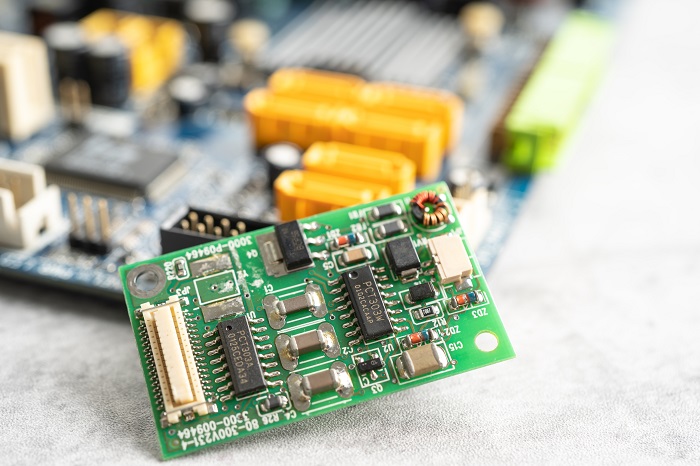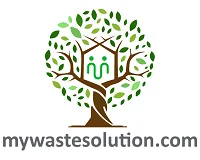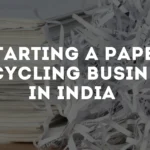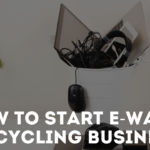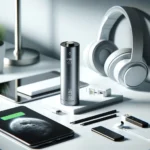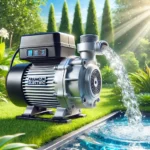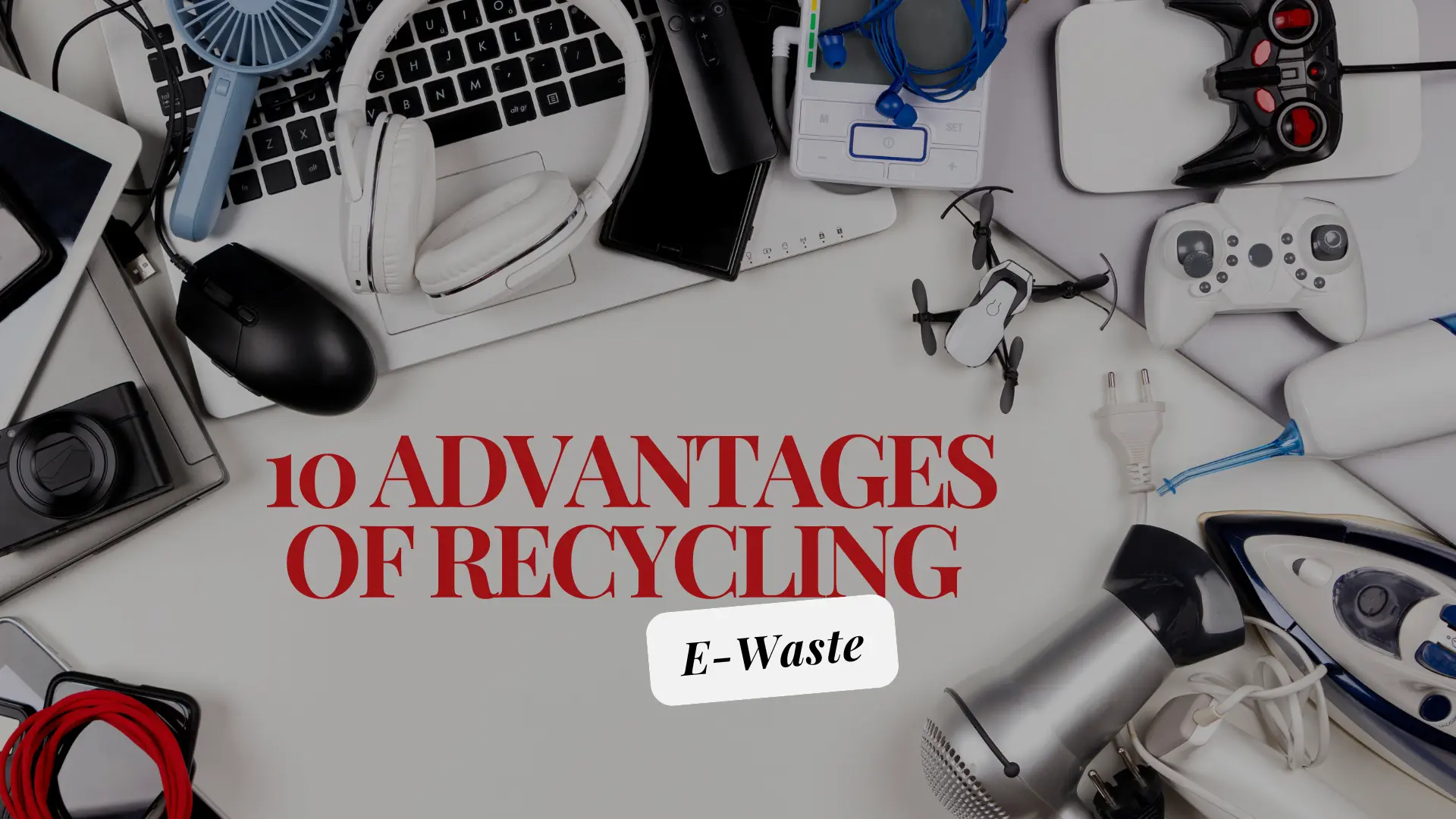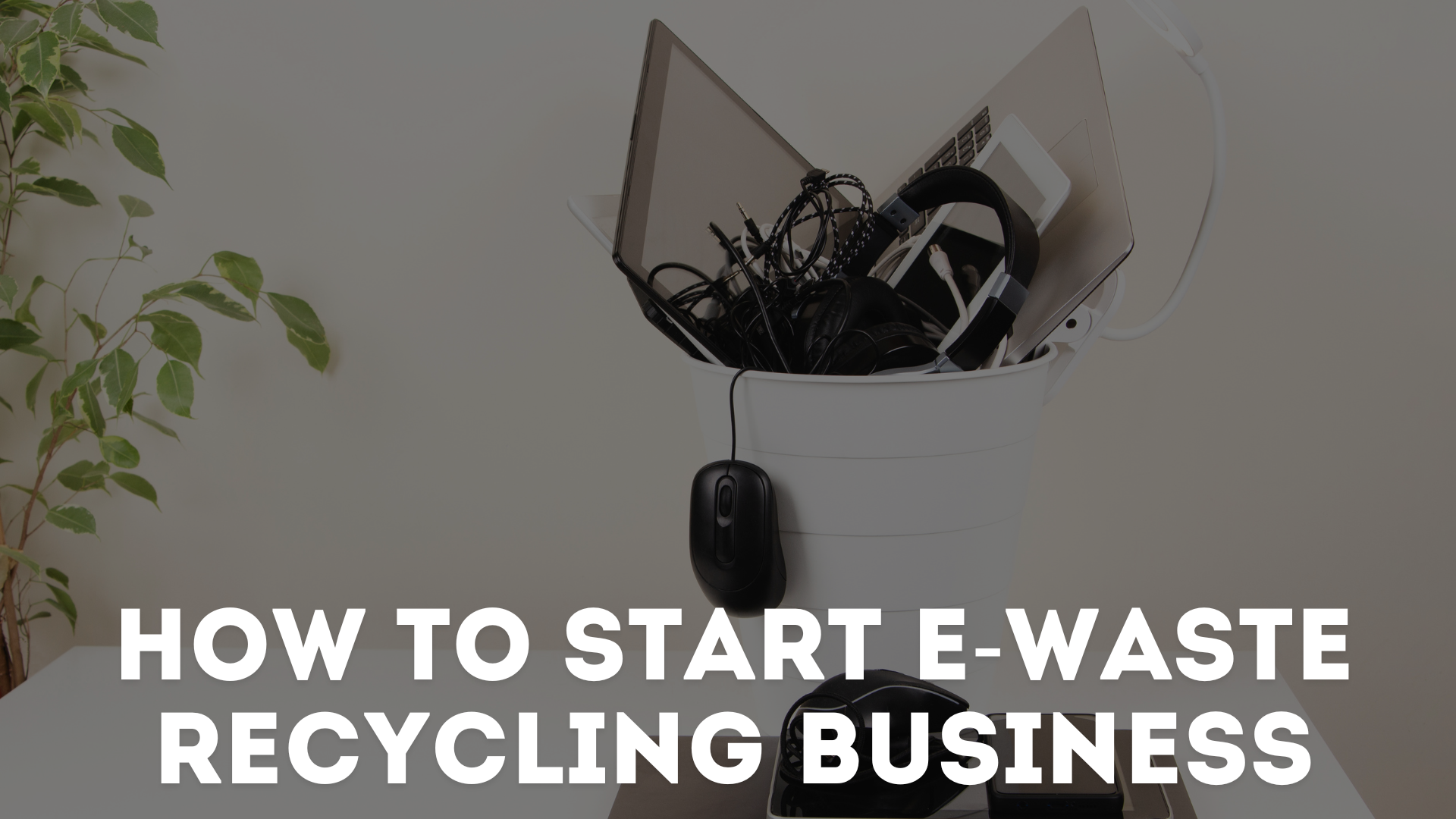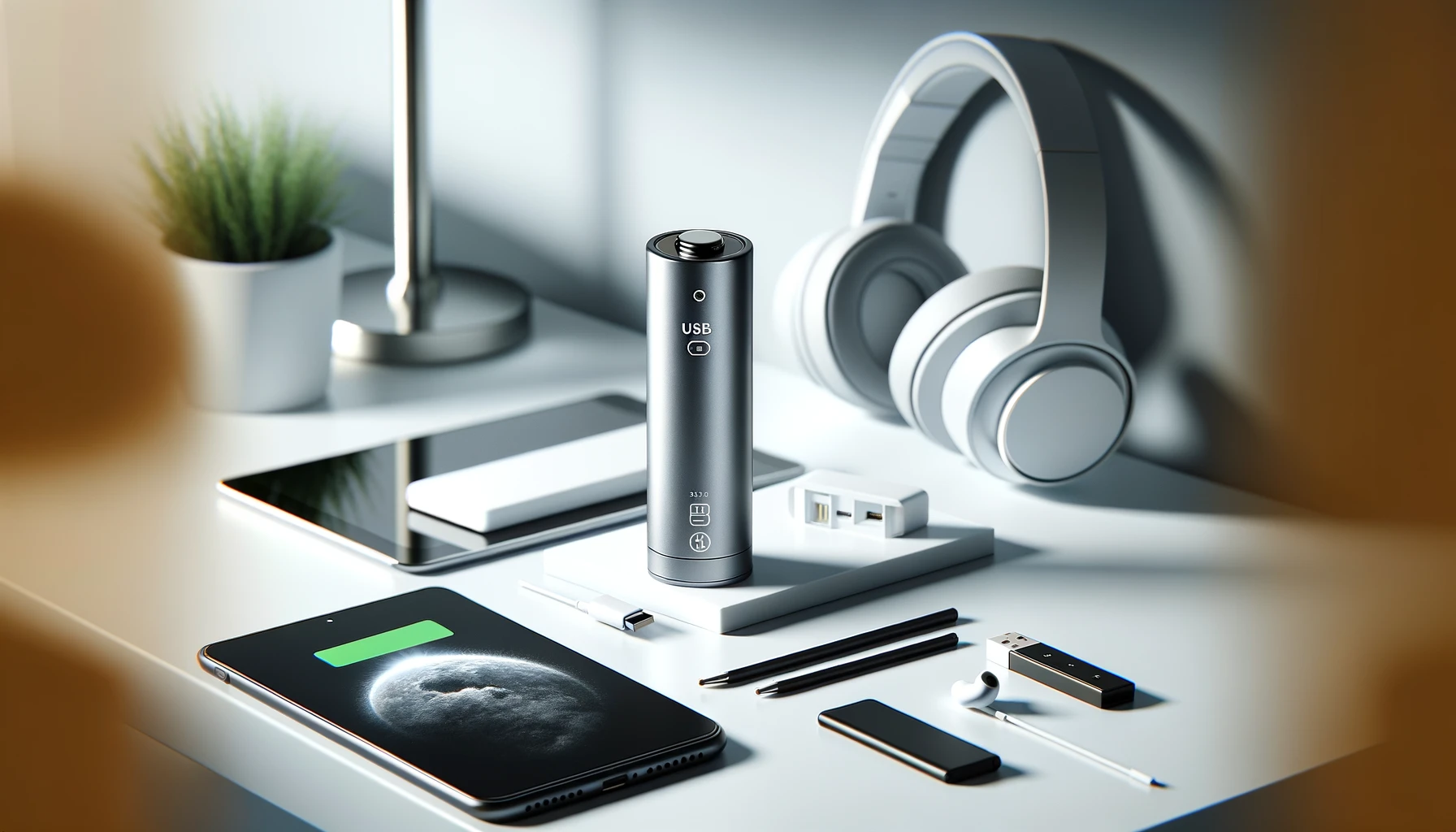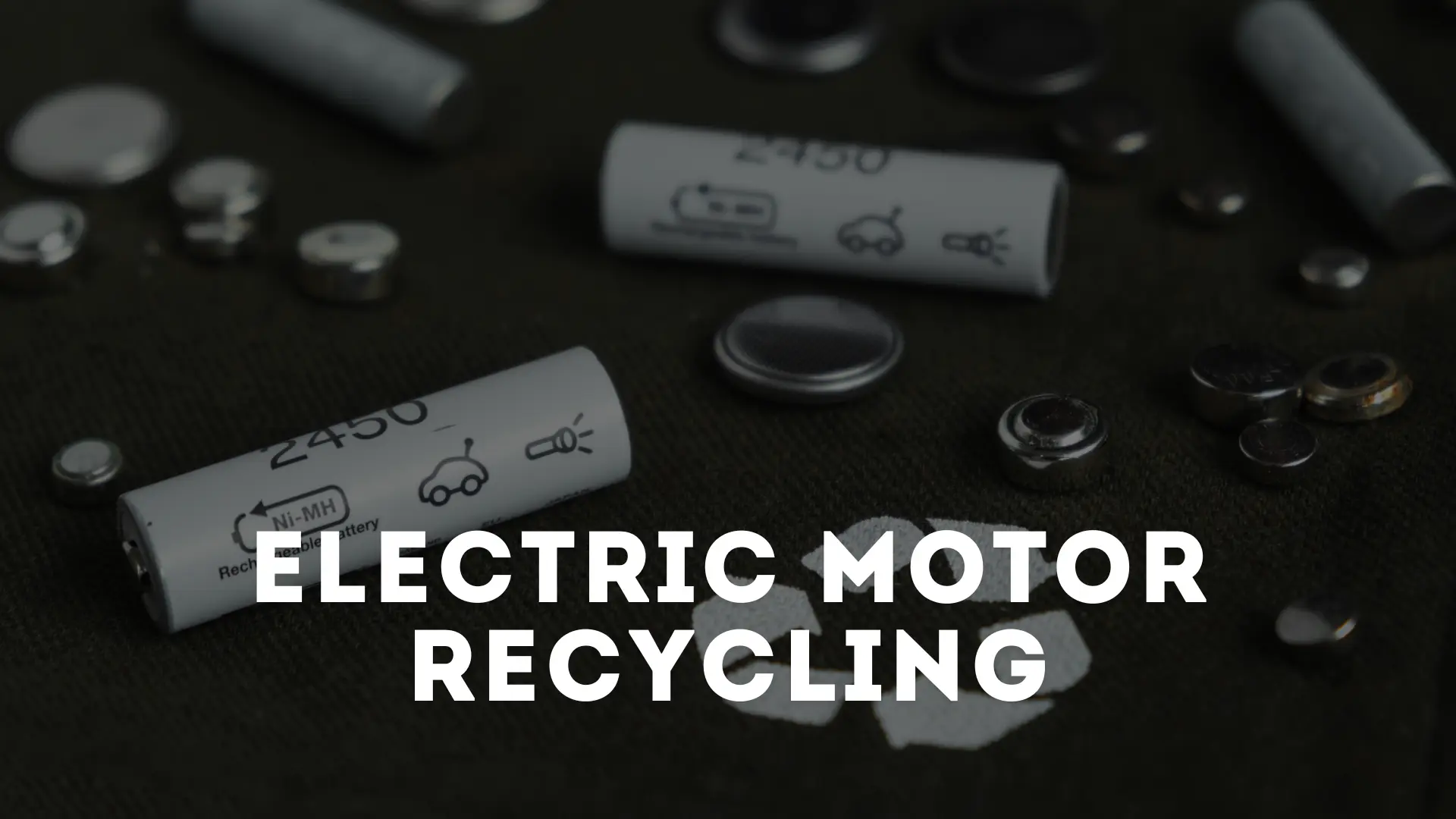Advantages of recycling e waste are many. Here we take a deep look on its benefits, process, opportunities and challenges.
Trash is not the right place for e waste!
What do you mean by E waste?
You must have heard about e waste. It’s frequently buzzing around the market. Especially around the industrial world. Let us understand the term e waste meaning. What does e waste mean?
E-waste stands for electronic waste. Waste Electrical and Electronic Equipment (WEEE) recycling plays an important role in the management of e-waste. Electronic waste is created when an electronic product is discarded after the end of its useful life. Electronic waste is used to describe any discarded electrical or electronic devices. Used electronics that are destined for recycling, reuse, resale, or for material recovery are considered e-waste. The rapid expansion of technology results in the manufacturing of a very large amount of electronics which further becomes e-waste. If you need help in E-waste related regulation, connect with consultants for e-waste management on our platform. These consultants can assist you in E waste-related regulations, treatment, disposal, buying, and selling.
Advantages of recycling e waste

Now that you know about the stages, you might realize the benefits that arise from electronic recycling .
1. It Prioritizes Environmental Protection
E-waste recycling prioritizes environmental protection. It includes proper handling, processing, and managing of electronic waste. As hazardous and toxic substances such as lead, mercury, and cadmium present in electronics can harm the environment. You may find many valuable resources or materials in an e-waste stream. Through E-waste recycling, we make most of these components instead of discarding them. This way, the hazards that these elements could have potentially caused to our environment are reduced.
2. E waste Recycling Helps to Conserve Available Natural Resources
Electronic waste recycling helps recover valuable materials from electronic products. This saves and conserves natural resources. This way, manufacturers do not need to mine the minerals; instead, they can just recycle and reuse the components of e-waste. So, yes, we can save copper or lead or valuable metals from mother nature. Thus, it promotes the utilization of resources wisely.
3. Creates Jobs
E-waste recycling is creating new jobs for people and local recyclers nearby. The more important thing is that, by doing so, it has created a secondary market. Where recycled materials are the primary commodity. The Environmental Protection Agency released findings that show the magnitude of economic benefits that come from e-waste recycling. In a year, the US’s recycling activities provided 757,000 jobs, $6.7 billion in tax revenues, and $36.6 billion in wages. By implication, for every thousand tons you recycle, there are 1.57 jobs created, $ 76,000 in wages paid, and $ 14,101 in tax revenues. So a lot of benefits come from trash, right? But there’s more. For a million laptops you recycle, you will have saved the equivalent of electric power capable of running 3657 households for one year. Guess what? For a million cell phones, you can recover gold weighing 75 pounds, silver of 772 pounds, copper of 35,274 pounds, and palladium of 33 pounds! There is also a significant social and economic impact. According to the EPA, recycling and reusing e-waste accounts for 681,000 jobs in a single year. Of course, e-waste is only a part of that, but as the fastest-growing waste stream, it is likely to become increasingly significant as we become more reliant on digital devices.
4. Saves Landfills and Reduces GHG emissions
Usually, e wastes get dumped at incinerators and landfills. By recycling e-waste, we are reducing the amount of e-waste that piles up at these places. This is because two-thirds of waste in landfills is biodegradable and capable of breaking down and returning to its natural elements. As this waste breaks down and decomposes, it produces harmful gasses, or I would say greenhouse gasses, such as methane, carbon monoxide, etc. Which heavily contributes to global warming. Since landfill heaps also pollute the water and soil in our local environment. Initiatives like e-waste recycling seek to reduce these environmental concerns.
Explore E-Waste Recycling Solutions
Find top machinery, service providers, tools, resources, companies, and consultancy for comprehensive e-waste recycling needs.
5. Increases Affordability
Using recycled components obtained from e-waste are cheaper than ones obtained from mining activities. This way, manufacturing costs can be reduced, and the end product can be more affordable. Copper found in e-waste can be reused multiple times. This has made the copper recycling business a lucrative industry today.
6. Prevent Water Bodies from Toxic Waste Poisoning
As you have seen above, e-waste heaps in landfills release toxic chemicals into the groundwater, and this finds its way to nearby wells and freshwater bodies. Accumulating these harmful toxicants in water bodies not only harms aquatic ecosystems but also creates havoc for local peoples who depend on that water body for their survival. E-waste recycling prevents the release of these toxic elements into inland water bodies and ensures the water is fresh and safe for utilization. E-waste recycling helps to prevent the degradation of aquatic ecosystems and also helps to increase the lifespan of aquatic organisms.
7. E waste recycling helps reduce air pollution
E-waste recycling not only prevents toxic chemicals from leaching into the soil, but it also prevents the release of poisonous gasses and dust. Since recycling e-waste reduces mining activities, there is considerably less pollution caused. For instance, mining activities involve the blasting of rocks, because of which gasses such as carbon dioxide, sulfur dioxide, and dust are released into the environment. For 1 ton of gold or platinum, about 10000 tons of Carbon dioxide is emitted. Electronic recycling cuts a significant percentage of toxic gas emissions and, as a result, protects the air from pollution.
8. Promote fisheries resources
E-waste is a complex composition of different toxins that, when dumped in landfills, leach into water bodies and kill fish and other aquatic organisms. There is a significant amount of lead, copper, mercury, cadmium, and other deadly material that is discharged into the streams and rivers and killing aquatic life and degrading aquatic ecosystems. Mercury, for example, is a neurotoxin that can kill organisms in a concise duration of time. Recent studies from scientists have shown that dead fishes found in deposits on sea and waterbeds contain high mercury levels determined to come from human activities around water bodies. E-waste recycling helps reduce the discharge of such hazardous toxins and maintains the balance in aquatic ecosystems. As a result, you help preserve the freshwater ecosystem for plants, animals, and even people who depend on them as livelihood sources.
9. Electronic Recycling Promotes Soil Fertility and Maintain Nutrient
E-waste recycling not only prevents toxic chemicals from leaching into the soil and making it poisonous for plant growth. Also, during the burning, shredding and dismantling of e-waste large particles of dust are released. These particles also settle on the ground and make it infertile. A large percentage of the world’s population relies on agriculture as a livelihood source and ensuring the fields are fertile and safe to grow plants is essential to promoting overall human well-being. Recycling e-waste helps the integrity of the soil. Thus encouraging agriculture and the growth of natural green resources for plants, animals, and human beings.
10. Encourage Mindful Consumerism And Awareness
Think before you buy! Management of e-waste recycling as a regular practice is a useful reminder for our consumer decisions and behavior. Through this, people become more sensitive toward our environment. Rather than contributing to the waste heap and showing irresponsible throw-away culture, it’s time for us to embrace mindful consumerism by thinking before buying. Also, you should go for repairing or recycling before discarding any kind of electronic products.
Struggling with e-waste recycling issues? Connect with top consultants specializing in e-waste recycling and disposal.
Connect NowE Waste Recycling Opportunities
Let’s have a look at opportunities for e waste management in India.
- The Central Government and Ministry of Environment, Forest and Climate Change(MoEFC) gave out the provision for E-Waste (Management) Rules in 2016 to reduce e-waste production and increase recycling. Under these rules, the government introduced Extended Producer Responsibility (EPR) which makes producers liable to collect 30 percent to 70 percent (over seven years) of the e-waste they produce, as per the research.
- The integration of the informal sector into a transparent recycling system is crucial for better control of environmental and human health impacts. There have been some attempts to integrate the existing informal sector into the emerging scenario. Organizations such as the German Agency for International Cooperation (GIZ) have developed alternative business models in guiding the informal sector association towards authorization. These business models promote a city-wide collection system feeding the manual dismantling facility and a strategy towards the best available technology facilities to yield higher revenue from printed circuit boards.
- By replacing the traditional wet chemical leaching process for the recovery of gold with the export to integrated smelters and refineries, safer practices and a higher revenue per unit of e-waste collected, are generated.
- If precious minerals such as lead are extracted from e-waste, we can use it widely for car batteries, pigments, ammunition, cable sheathing, weights for lifting, weight belts for diving, lead crystal glass, and for radiation protection.
- Similarly, another valuable mineral, cobalt, is also found in e-waste that can be used in many alloys & superalloys to make parts in aircraft engines, gas turbines, high-speed steels, corrosion-resistant alloys, and cemented carbides. It is also used as the catalyst for the petroleum and chemical industries.
- Currently, the largest use of cobalt is in portable consumer electronics like cell phones, laptop computers, and tablets, which are all powered by lithium-ion batteries and also by rechargeable batteries. Recycling e-waste is a great opportunity for a circular economy. It contributes to the optimum utilization of resources and encourages sustainable development.
Types of e waste

The market has a lot of different types of electrical products. I know that you are very well aware of the types of e-waste. To classify these various products, it is necessary to group them into sensible categories. Classification of the products may even help to determine the process to be used for the disposal of the product. Making the classifications helps to describe e-waste and identify them easily. As you know, e-waste is created when an electronic product is discarded after the end of its useful life. With the rapid expansion of a consumption-driven society in this virtual world, a number of new electronic devices are launched in the market every day.
Find and connect with leading companies specializing in e-waste recycling and disposal solutions.
Get Connected Today
In the US, the United States Environmental Protection Agency (EPA) classifies waste into ten categories:
| Types of e waste | E waste examples |
| Large household appliance | Including appliances such as refrigerators or freezers, washing machines, dishwashers |
| Small household appliances | Toasters, coffee makers, irons, hairdryers |
| IT equipment | Includes personal computers, telephones, mobile phones, laptops, printers, scanners, photocopiers |
| Consumer electronics | Includes televisions, stereo equipment, electric toothbrushes |
| Lamps and luminaires | Fluorescent lamps, LEDs |
| Toys | Leisure and sports equipment |
| Tools | Hand held drills, saws, screwdrivers |
| Medical devices | Ventilators,oximeters,etc |
| Monitoring and control instruments | Electric machineries |
| Automatic dispensers | Soap dispensers |
Global e waste Production
A record says that 53.6 million metric tonnes (Mt) of electronic waste was generated worldwide in 2019. You will be amazed to know the fact that it has risen up to 21 percent in just five years. According to the U.N.’s Global e-waste Monitor 2020, the report also predicts global e-waste discarded products with a battery or plug – will reach 74 Mt by 2030, almost a doubling of e-waste in just 16 years. This makes e-waste the world’s fastest-growing waste stream. In fact, with higher consumption rates of electric and electronic equipment, short life cycles, and few options for repair.
Even though China and the U.S. generate the most e-waste, according to data from the Global e-waste Monitor cited in a recent OECD report, Norway is on top of the global e-waste mountain when it comes to the volume generated per inhabitant. In 2016, the average Norwegian generated 28.6 kg of e-waste, while the U.K. wasn’t far behind with 24.9 kg. The U.S. had 19.4 kg. Interestingly, generation rates per person are far lower in developing countries as penetration levels of electronic devices and household appliances are not as high as in developed countries.
How is e waste recycled in India?
According to the Global E-waste Monitor 2017, India generates about 2 million tonnes (MT) of e-waste annually. It ranks fifth among e-waste-producing countries, after the US, China, Japan, and Germany. In 2016-17, India treated only 0.036 MT of its e-waste. Only 20 percent of global e-waste is recycled. The UN report indicates that due to poor extraction techniques, the total recovery rate of cobalt (the metal which is in great demand for laptops, smartphones, and electric car batteries) from e-waste is only 30 percent.

Explore the best e-waste treatment machinery for your industrial needs.
Connect TodayLaws to manage e-waste have been in place in India since 2011, mandating that only authorized dismantlers and recyclers collect e-waste. E-waste (Management) Rules, 2016, was enacted on October 1, 2017. Over 21 products (Schedule-I) were included under the purview of the rule. The rule also extended its purview to components or consumables or parts or spares of Electrical and Electronic Equipment (EEE), along with their products. The rule has strengthened the Extended Producer Responsibility (EPR), which is the global best practice to ensure the take-back of end-of-life products.
E-waste is growing at a compound annual growth rate (CAGR) of about 30 percent in the country. ASSOCHAM, one of the apex trade associations of India, estimated that e-waste generation was 1.8 MT per annum in 2016 and will reach 5.2 MT per annum in 2022. India now has 178 registered e-waste recyclers accredited by the state governments to process e-waste. But many of India’s e-waste recyclers aren’t recycling waste at all. While some are storing it in hazardous conditions, others don’t even have the capacity to handle such waste, as per the report of the Union Environment ministry.
Figure: State wise e waste generation
There is immense potential in augmenting e-waste recycling in the country. However, lots of ground has to be covered through awareness campaigns and skill development. Building human capital and introducing technology while adopting adequate safety measures in the country’s informal sector is a crucial part of this business. Since India is highly deficient in precious mineral resources and, on the other side, untreated e-waste goes to landfill, there is a need for a well-designed, robust, and regulated e-waste recovery regime that would generate jobs as well as wealth.
Why is e waste recycling important?
By failing to reuse or recycle e-waste, new natural resources are forced to be mined from our mother earth. Fresh resources are used to manufacture electronics rather than recovering from what is already present in the environment. Precious metals are a crucial component of most PCBs (printed circuit boards). It includes Gold, silver, platinum, palladium, etc. All are present around us, but it’s become difficult to find as we are running from a problem without understanding its importance. This has a massive ecological impact. The mining, transportation, and production required to source and extract valuable metals all contribute to hazardous emissions. In order to reduce greenhouse gas emissions, it is important to manage e-waste efficiently and wisely.
E waste recycling process

Recycling electronics is often a challenging task. Because e waste is considered to be typically complicated. They are manufactured from diverse elements such as metals, plastics, and glass. While this process often varies with different electronics. But there is a general process. Let’s have a look at the e waste disposal methods.
Step 1: Collecting and Transporting
Collection is the first stage of recycling e waste. Here, recyclers play an important role to identify and collect electronic waste in take-back booths or collection bins in specific places. When these bins get filled, the recyclers then transport the waste to recycling facilities and plants. Best practice dictates that e waste should be separated by type at this stage of the process, which is why many collection sites will have different bins or boxes for different items. This is especially important for e waste containing batteries, which require special treatment and can be very damaging if mixed with other waste.
Step 2: Storage
Safe storage is an important process. It may appear simple, but it can prove to be a very important factor. For example, the glass screens of Cathode Ray Tubes (CRT) TVs and monitors are highly contaminated by lead. In the past, they were recycled into new computer monitors, but the growth of new technology and subsequent decline in demand for CRT products means much of this glass is now simply being stored indefinitely.
Step 3: Manual Sorting, Dismantling, Shredding
After collecting and transporting and storage the next step is to shred and sort the e waste. The success of separation of e waste depends on shredding. This is why efficiency is essential at this stage.Shredding involves dismantling and breaking of e waste into smaller pieces for proper sorting. With the use of hands, these tiny prices get sorted and then manually dismantled. This is typically labor intensive as waste items are, at this stage, separated to retrieve different parts.
After this, the materials get categorized into core materials and components. Then, these small shreds get sorted into various categories. Typically, these categories include items that you can re-use as they are and those that require further recycling processes.
Step 4: Dust Extraction
The tiny waste particles get smoothly spread via a shaking process on the conveyor belt. The smoothly spread e waste pieces then get broken down even further. At this stage, the dust gets extracted and discarded in a safe manner without harming the environment. This way, there is no environmental degradation.
Step 5: Magnetic Separation
After this, a strong overhead magnet helps you separate steel and iron from other wastes. This way, you have successfully recycled the steel from the waste stream.However, some mechanical processes may sometimes be required to separate circuit board, copper, and aluminum from other waste particles. This is especially where most plastics are used.
Step 6: Water Separation
After this, water separation tech becomes relevant to separate the glass from the plastic.You can then send leads that contain glass to smelters to use in the production of batteries, x-ray tubes, and new CRTs(Cathode Ray Tubes).
Step 7: Purification of Waste Stream
The next step is locating and extracting leftover metals from plastics. To purify the waste stream further.
Step 8: Preparing Recycled Materials For Sale
The final stage is preparing recycled materials for sale. The materials, now separated, are prepared for sale and reuse. For some materials, such as plastic, steel, these all are allowed to join another recycling stream. Others may be processed onsite and sold directly alongside usable components separated in the early stages.
Struggling with e-waste buying or selling issues? Connect with e-waste buyers and sellers here.
Buyer Listings Seller ListingsBusiness with e waste Recycling
E-waste is now one of the most prominent waste sources across the world. No doubt that e-waste poses major environmental consequences. However, it gives a wonderful opportunity to entrepreneurs. Who is willing to take the adventurous risk to have their own e-waste recycling business? India is one of the largest e-waste producers, which creates a major business opportunity for the e-waste management business.
All entrepreneurs should be thankful for increased purchasing power! Which has automatically increased disposable income; the sales of those electronic devices are increasing steadily. As a result of the new product launches, customers are now encouraged to replace their old electronic gadgets with new ones. This has shortened the life span of these old electronic devices. This results in a rapid increase in the amount of e-waste produced. The ongoing sale of electronic equipment in the coming years would generate a profitable economic environment for the e-waste recycling business model.
In the case of India, a diverse range of government permissions and licenses is needed to start an e-waste recycling business. The basic specifications, however, remain the same across states. The most common steps you need to follow for your e-waste recycling business are as follows:-
- Register at the Udyog Aadhaar MSME status to begin your e-waste recycling business. You’ll be able to do that online.
- Go to the State PCB (Pollution Control Board)and ask for permission to start an e-waste business. To apply for approval from the PCB, you need to submit several statutory documents.
- You will need the necessary approval from the Ministry of the Environment. If you wish to import e-scraps as part of your e-waste recycling business plan, you will also be given an extensive protocol by the Central Excise and Customs Board.
Steps for e-waste Recycling Business Model
Set up your e-waste recycling plant now by following the simple, easy steps given below:-
- Research: Learn more about the e-waste recycling industry.
- Identify which electronic wastes should be recycled.
- Put together a business plan and do a proper analysis.
- Obtain the necessary licenses and permits.
- Set up your business.
- Safety measures for e-waste Recycling.
- Obtain recycling equipment for e-waste.
- Plan out the capital investment.
- Create an efficient marketing strategy.
- Go for business management software.
- You’re ready!
If you need help with setting up and starting an E-waste recycling business, connect with e-waste management consultants on our platform.
A Case Study of Apple On E waste Management
Apple is the most valuable technology company in the world! A market capitalization of over 2 trillion USD. Inevitably, this means that Apple plays a large role in the production and management of e-waste. Like most other companies vying for a sustainable representation, it is attempting to greenwash its appearance to follow the zeitgeist. Apple’s flawless website presents an array of statistics and statements illustrating its commitment to environmental sustainability, which are indeed impressive as well as challenging. Apple has one of the most aggressive environmental agendas in the industry, which is to be carbon neutral by 2030, meaning that each product it produces will have a net-zero impact on the environment as part of a circular economy.
Apple has already taken a number of steps to achieve this goal:-
- The first of which is a holistic recycling program that recycles tin and cobalt and utilizes carbon-free aluminum.
- Apple is investing in research and development to aid in recycling. The outcome of this is Daisy, a robot that went into operation in 2018, which disassembles old smartphones and tablets to extract their materials. Daisy dismantles at a rate of 200 iPhones per hour. However, there is only one Daisy in existence, meaning it is more of a PR stunt and greenwashing initiative than a practical and comprehensive solution.
- Apple’s global facilities are 100% powered by renewable energy sources, an incredibly impressive feat that undoubtedly sets an example for other companies to follow.
- Apple ensures that it’s older devices receive software support and updates for many years. For example, the iPhone 6S, released in 2015, received the latest iOS 14 update in 2020. MacOS Big Sur is also supported for MacBooks 2013 onwards. This means that as long as the hardware survives, you can expect your Apple device to receive updates for an extended period compared to the competition.
Apple’s attempt at embedding sustainable practices into its business model came with the launch of the iPhone 12. In the October 13th Keynote, Apple stated that it would be removing the power brick and wired headphones from its packaging. The reason behind this is very simple:
- That some two billion power bricks are already in existence;
- Most people already have or use wireless headphones;
- Finally, a smaller box would enable 70% more iPhones to be shipped at any one time.
This is a crucial move towards reducing e waste.
Conclusion
At the peak of climate change and temperature rise, it’s become more important to save our environment. Utilization of available resources sustainably can minimize the consequences on the environment. e waste recycling is one of the tools that can make our environment safe. Recycling e-waste allows for the recovery of materials such as gold, copper, glass, aluminum, lithium, plastic, and more. According to one study, the value of the raw materials in e-waste was roughly 55 billion euros in 2016. What’s more, these materials are returned to the supply chain for the production of new products, reducing the environmental impact and minimizing hazardous materials released into the environment. Generally increasing the sustainability in the production of new electronics. Thus, it contributes to a circular economy.
